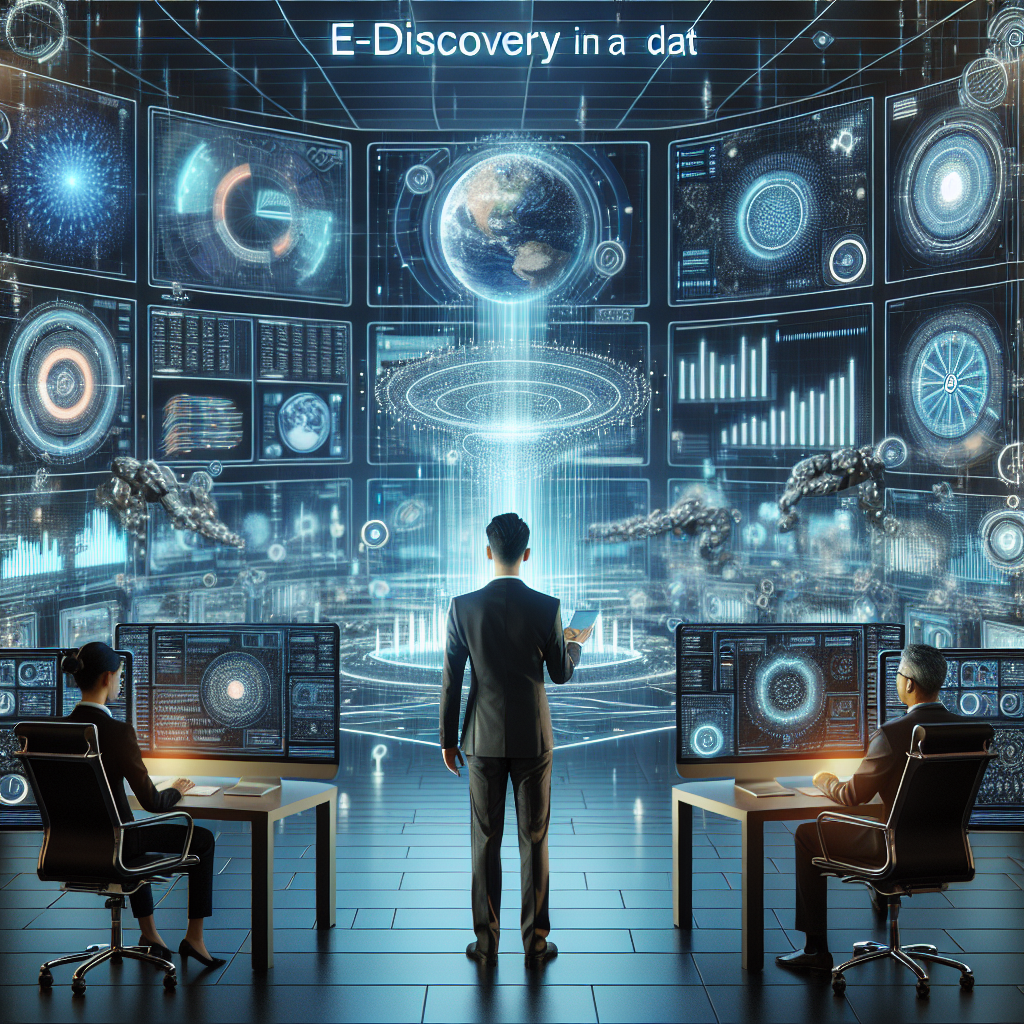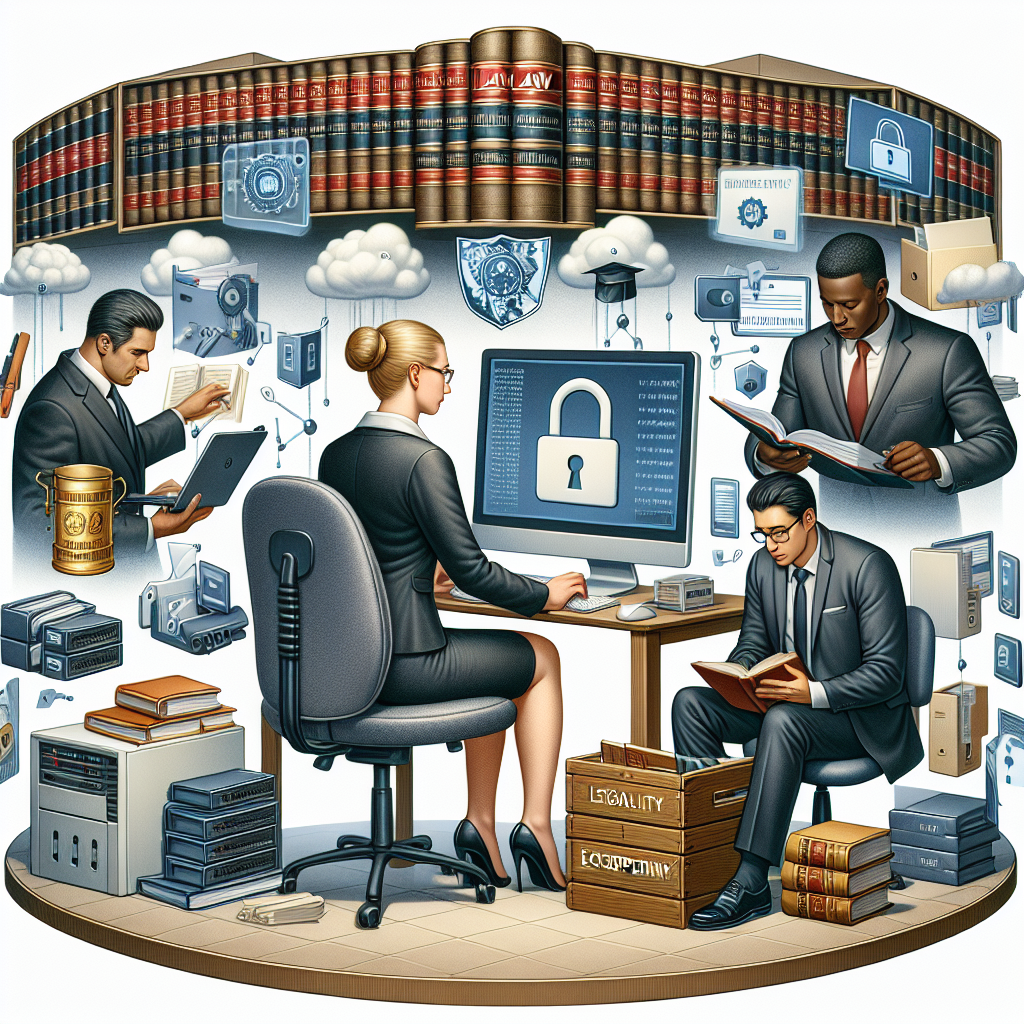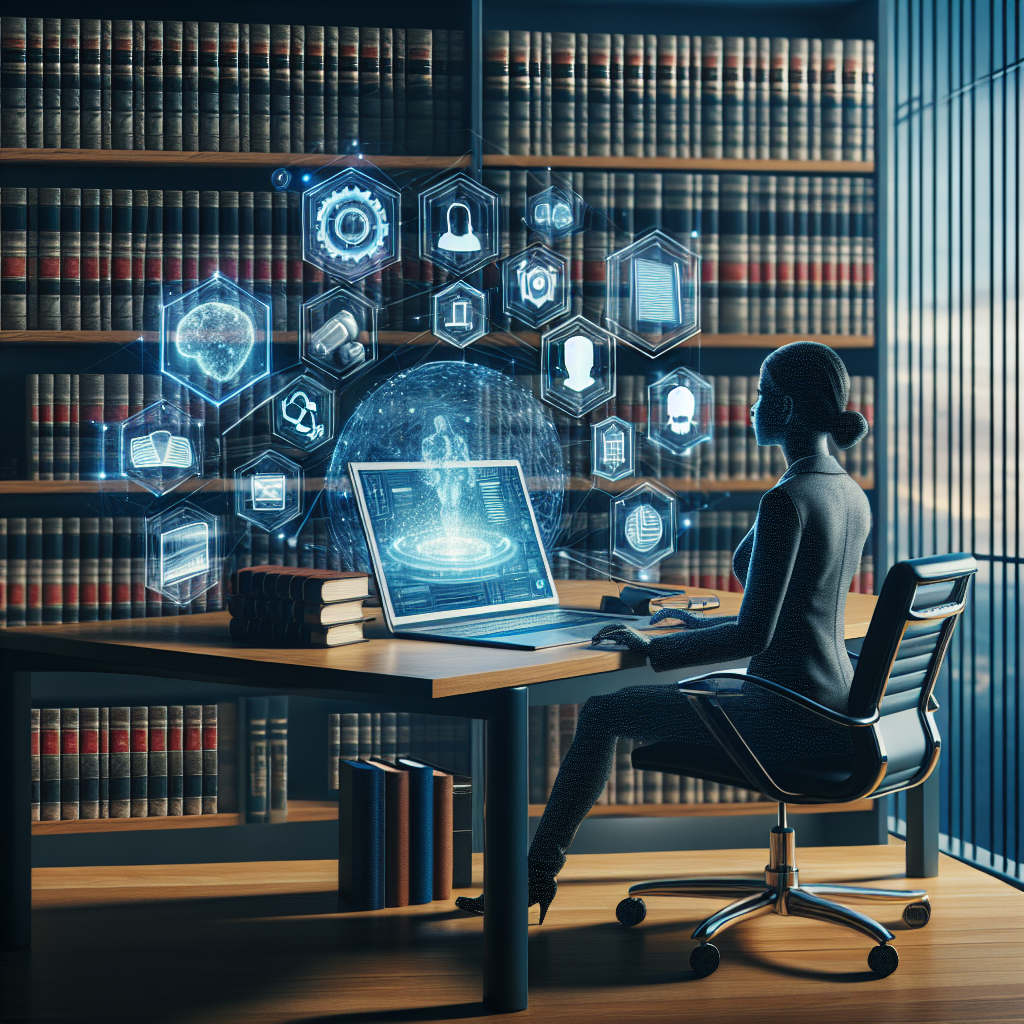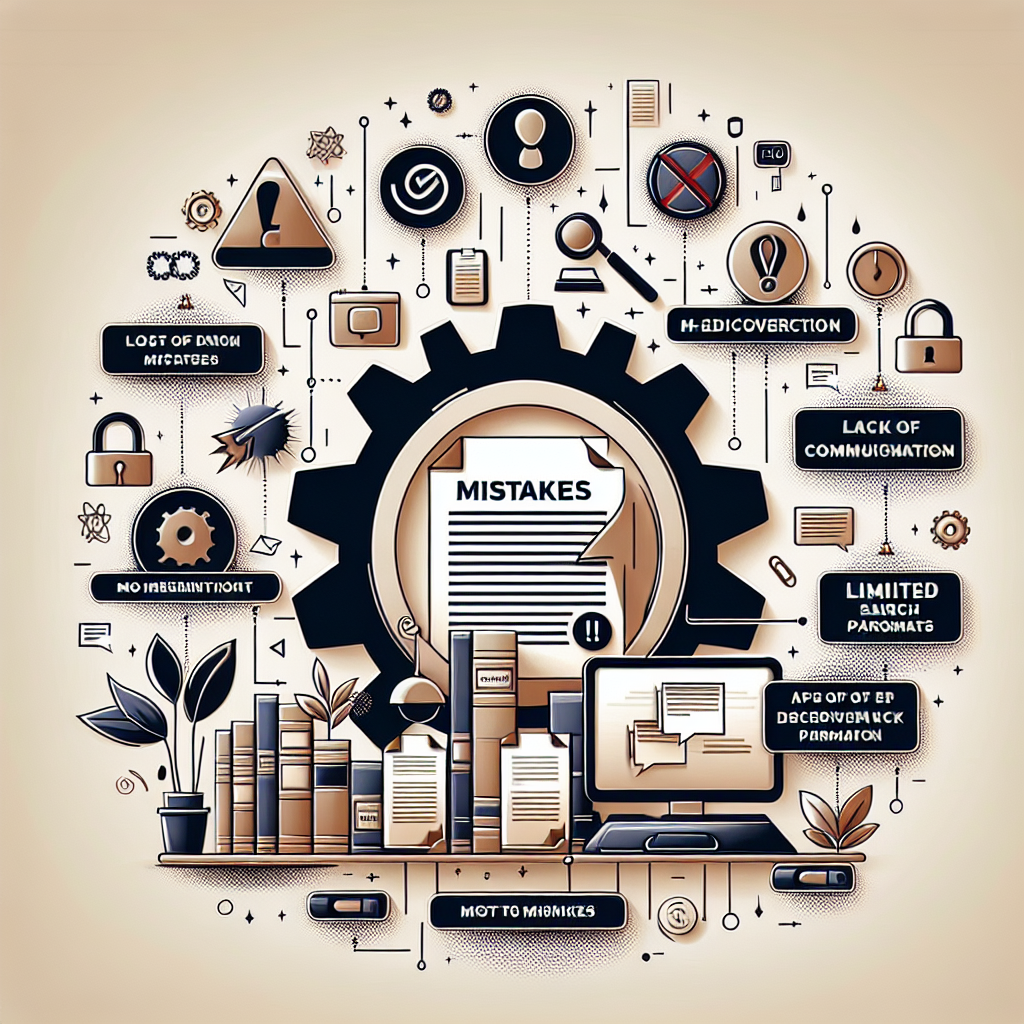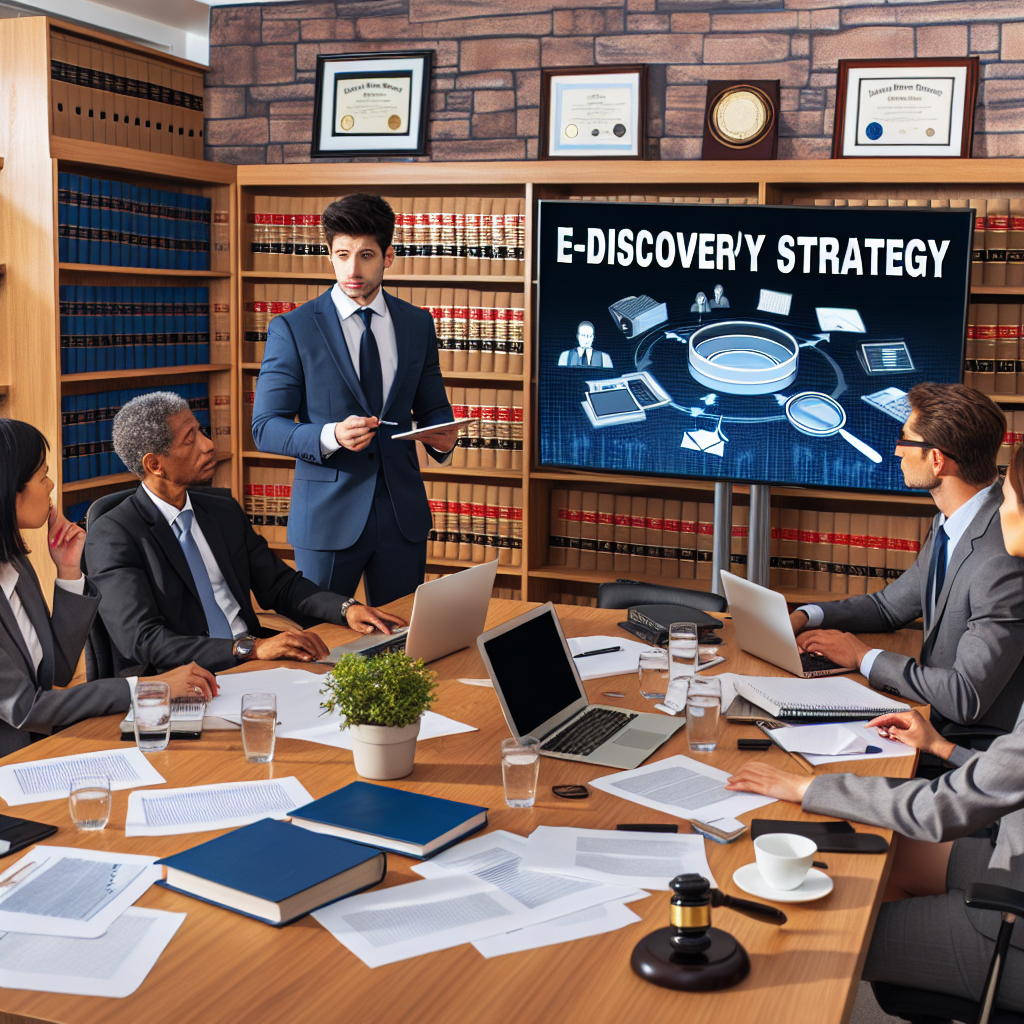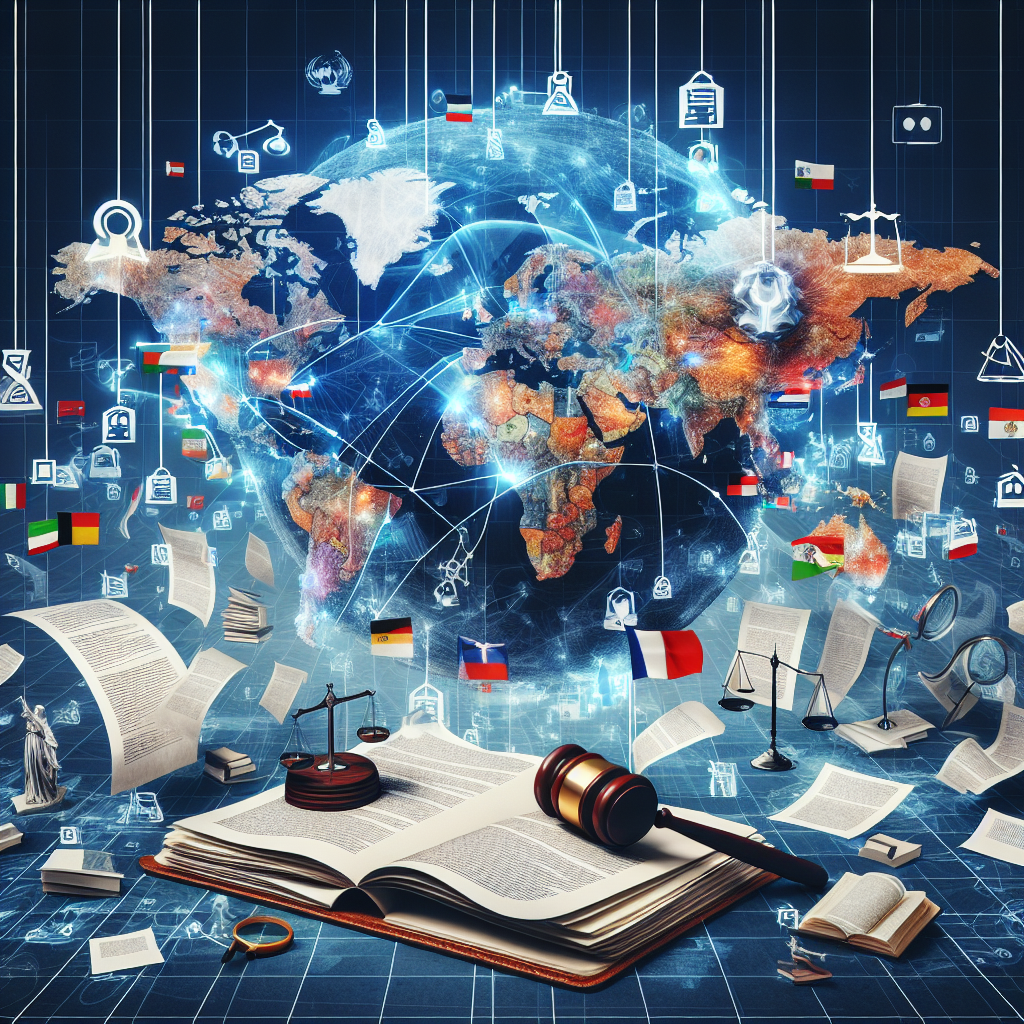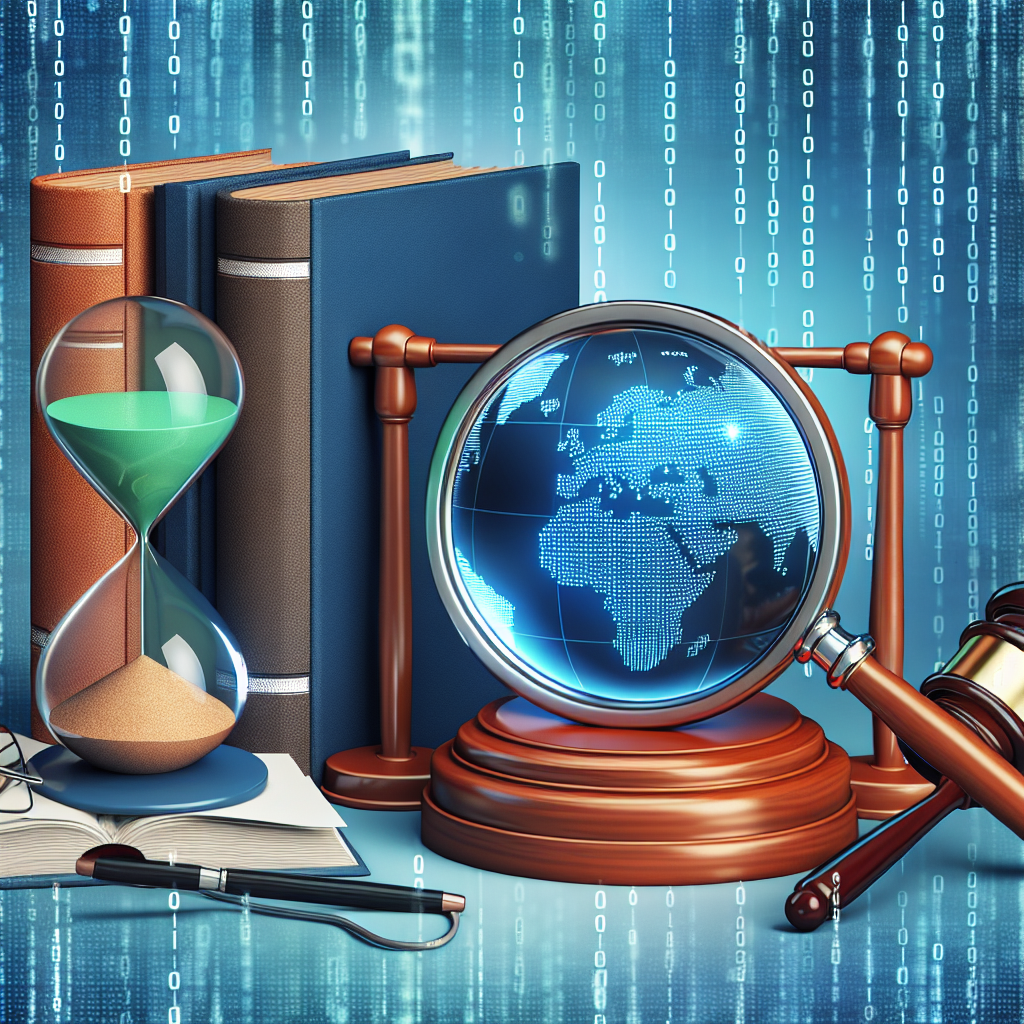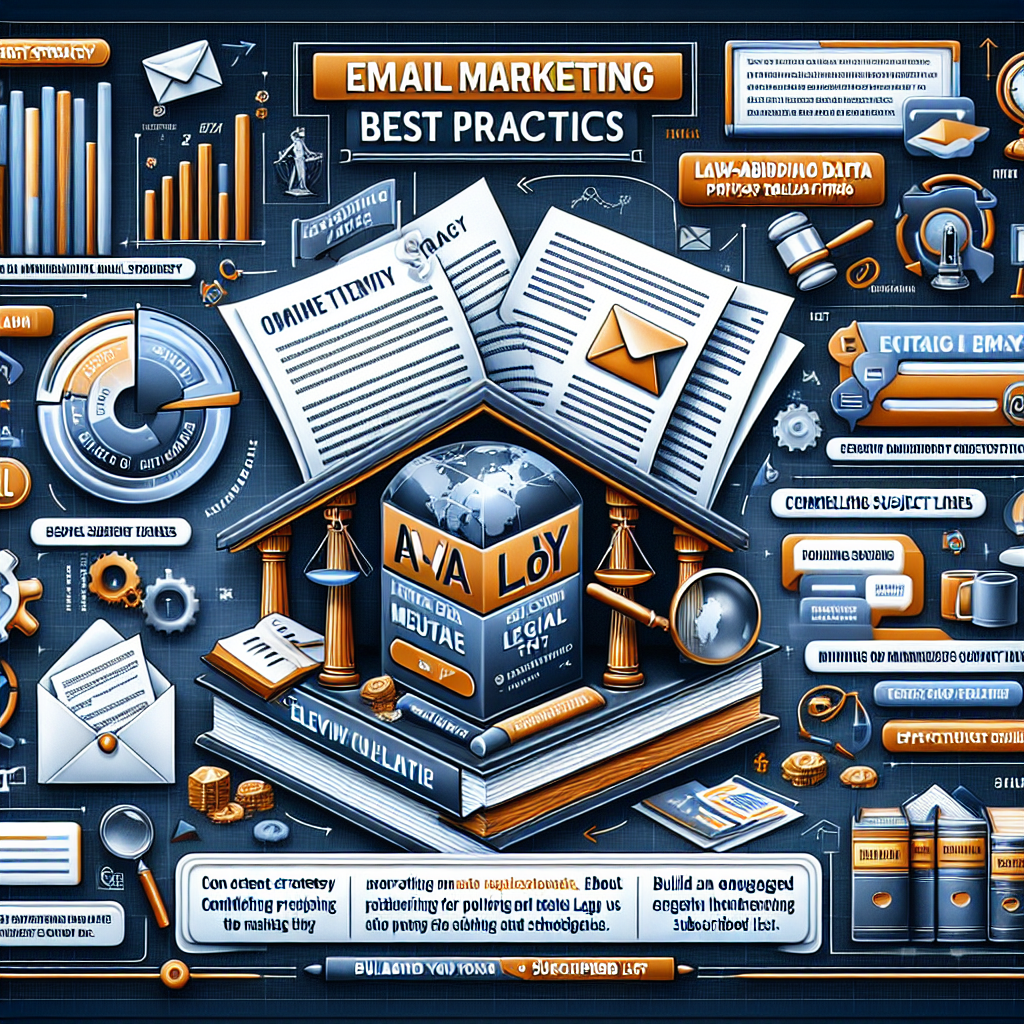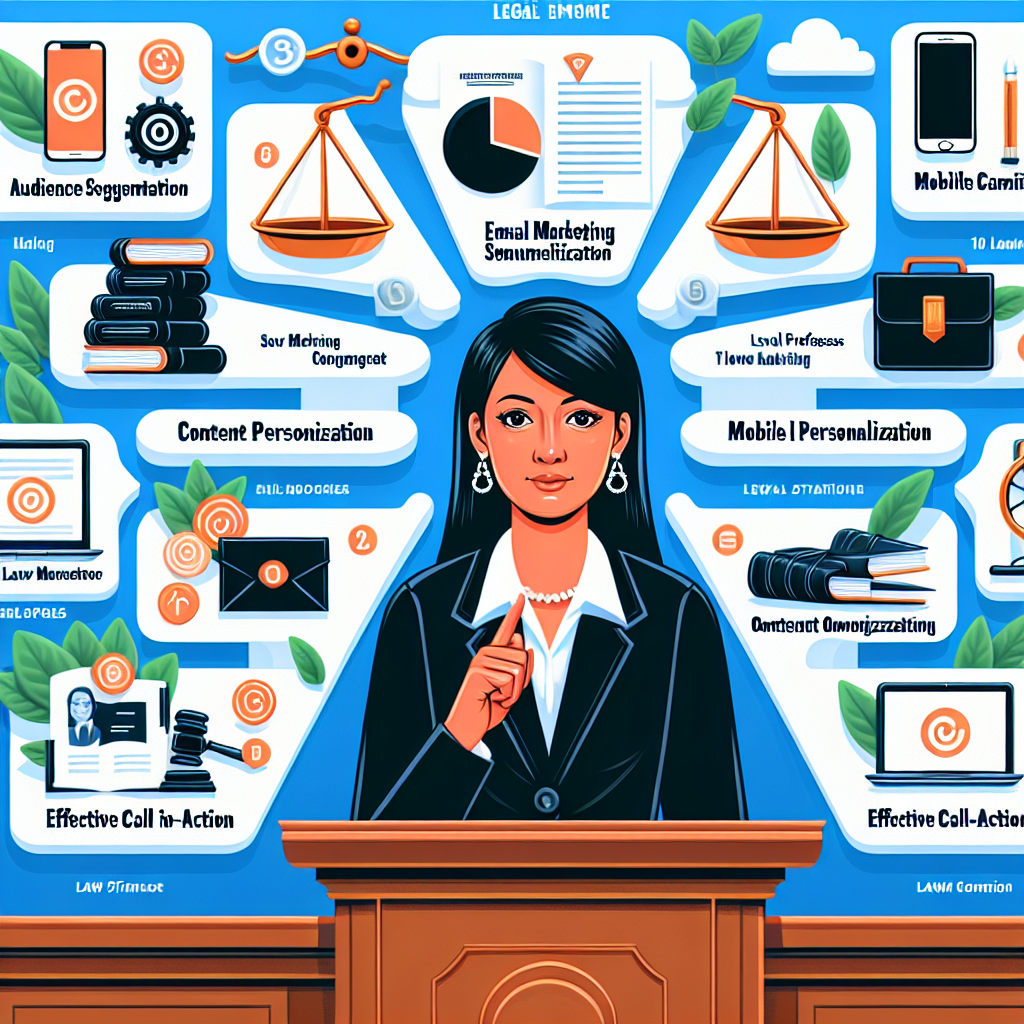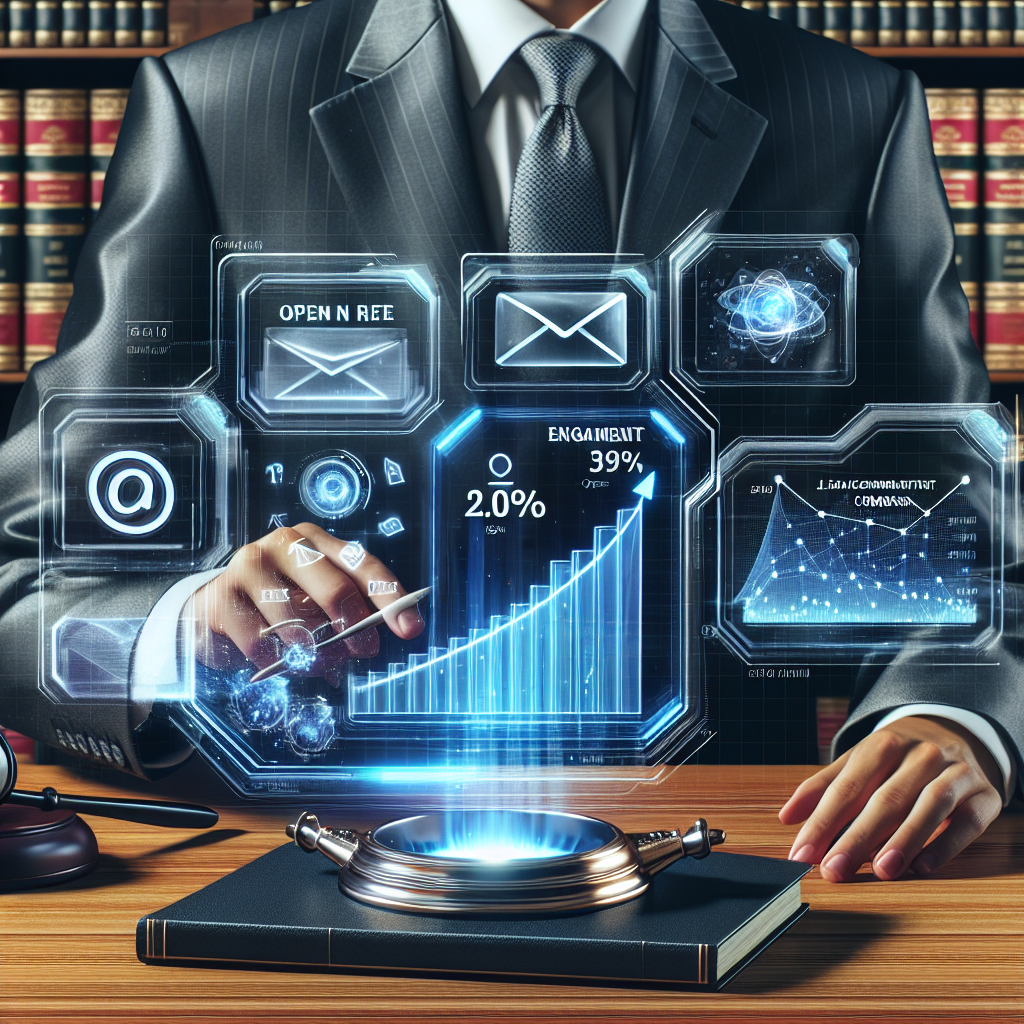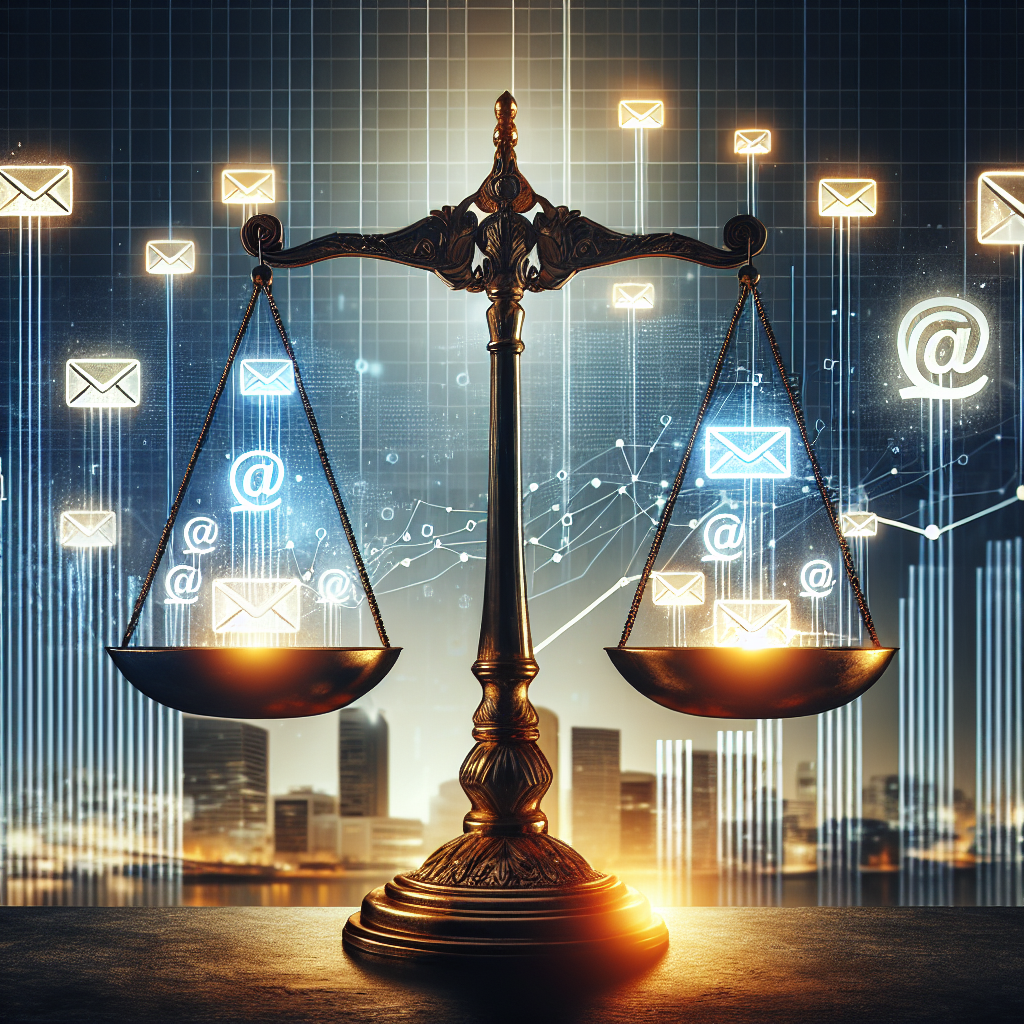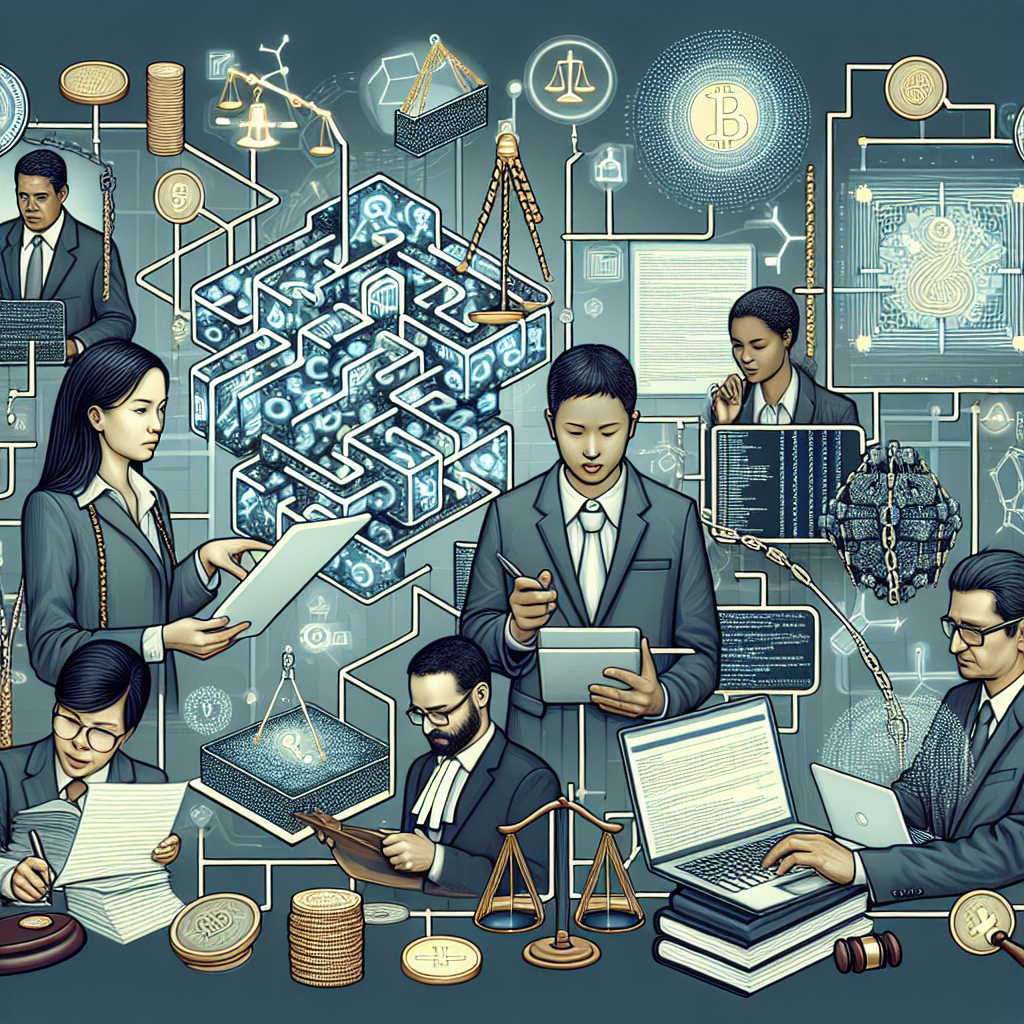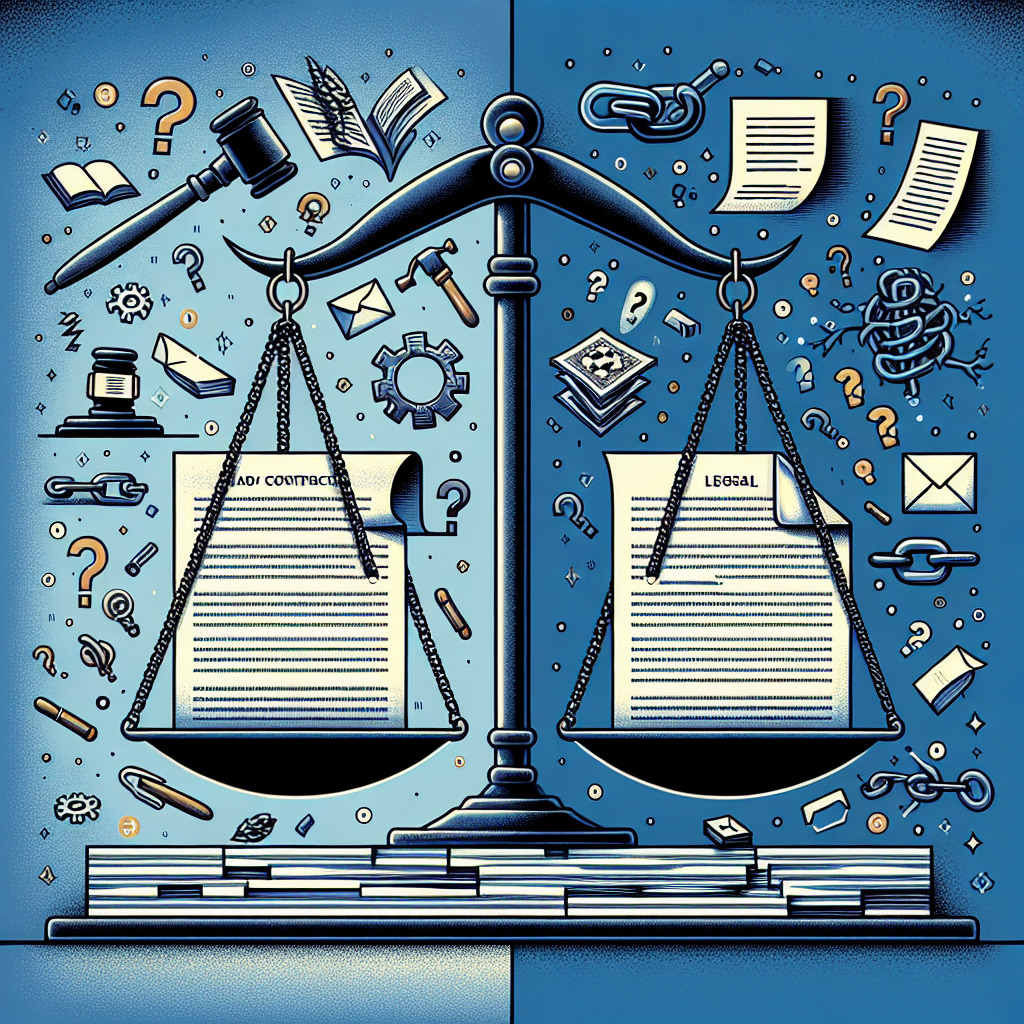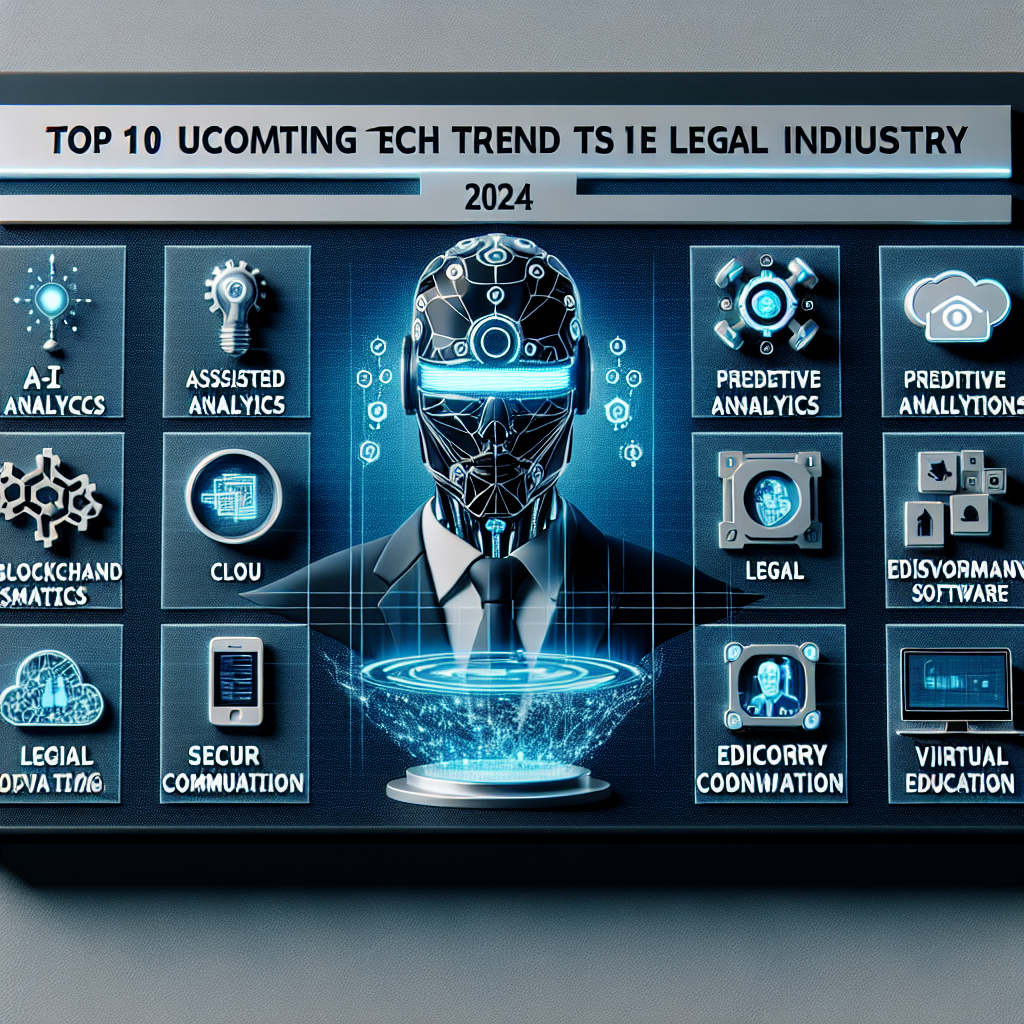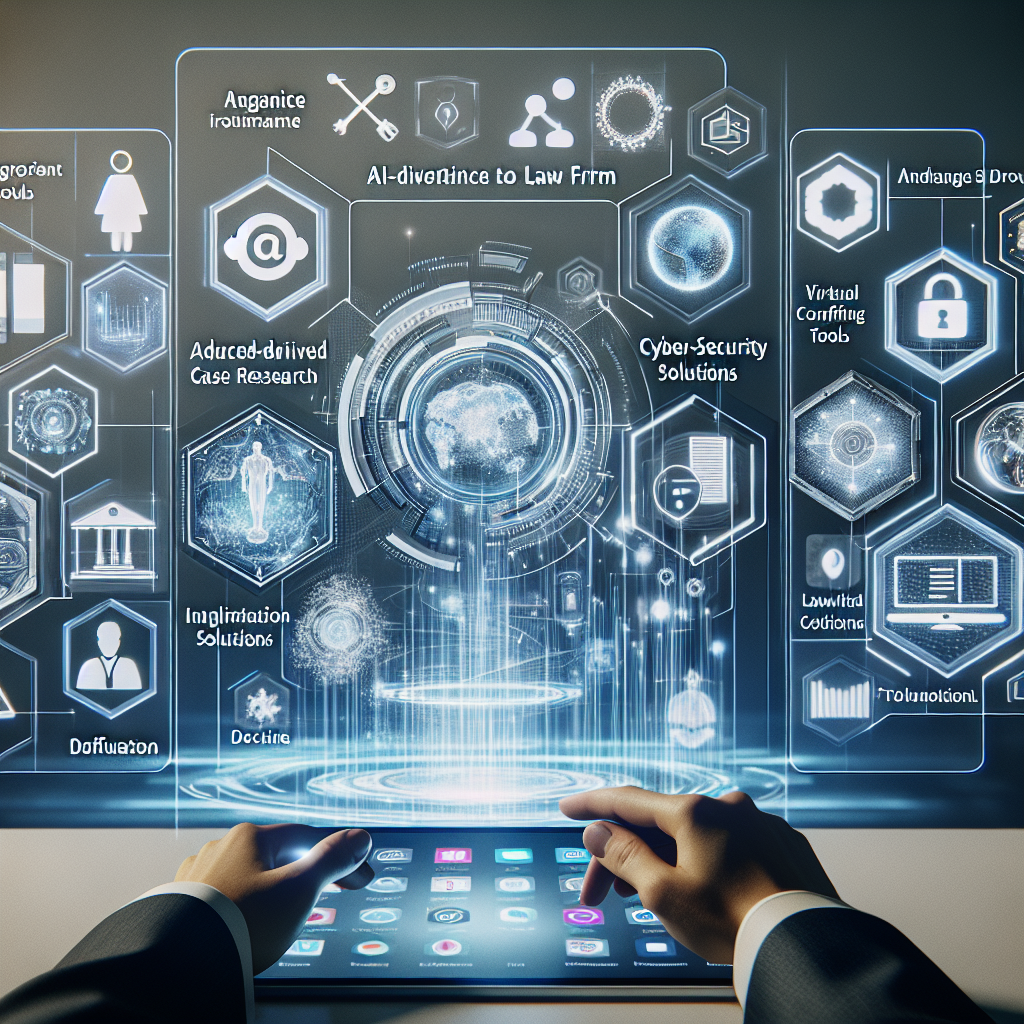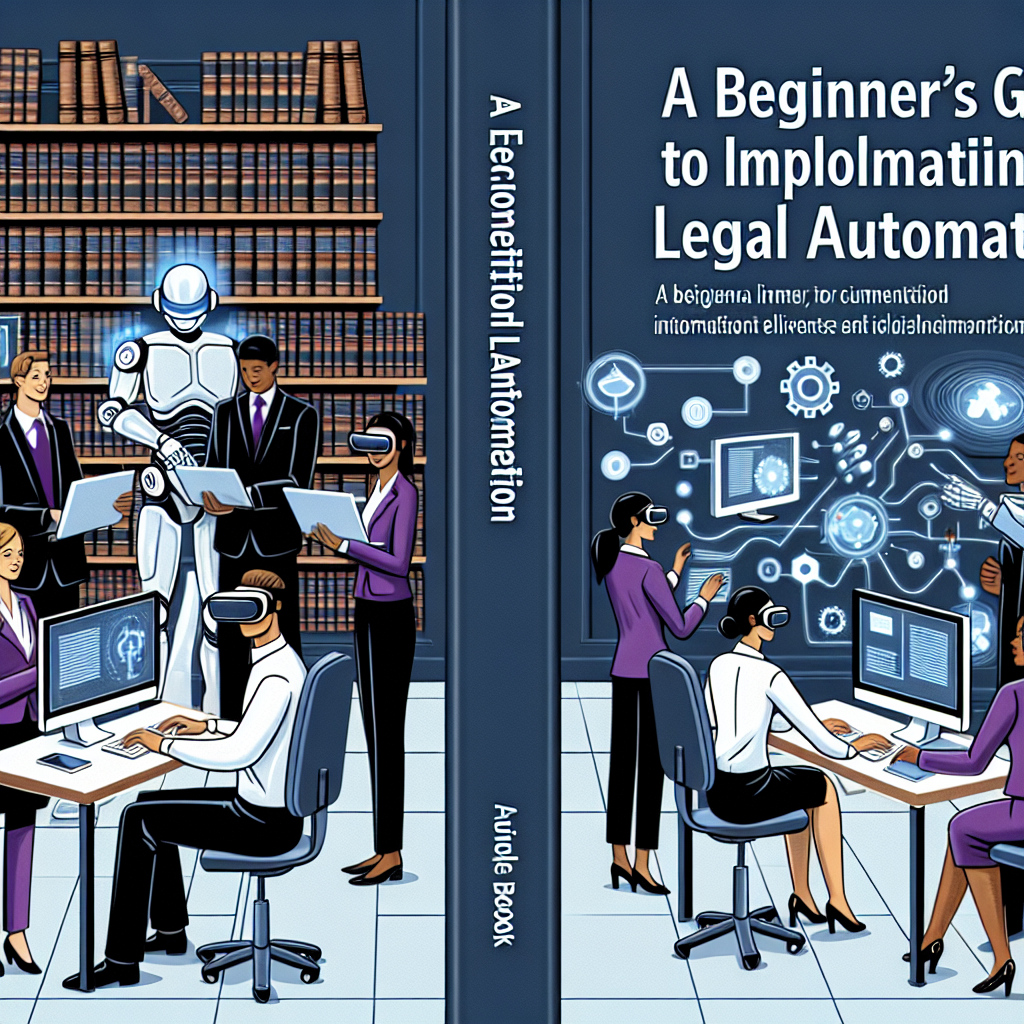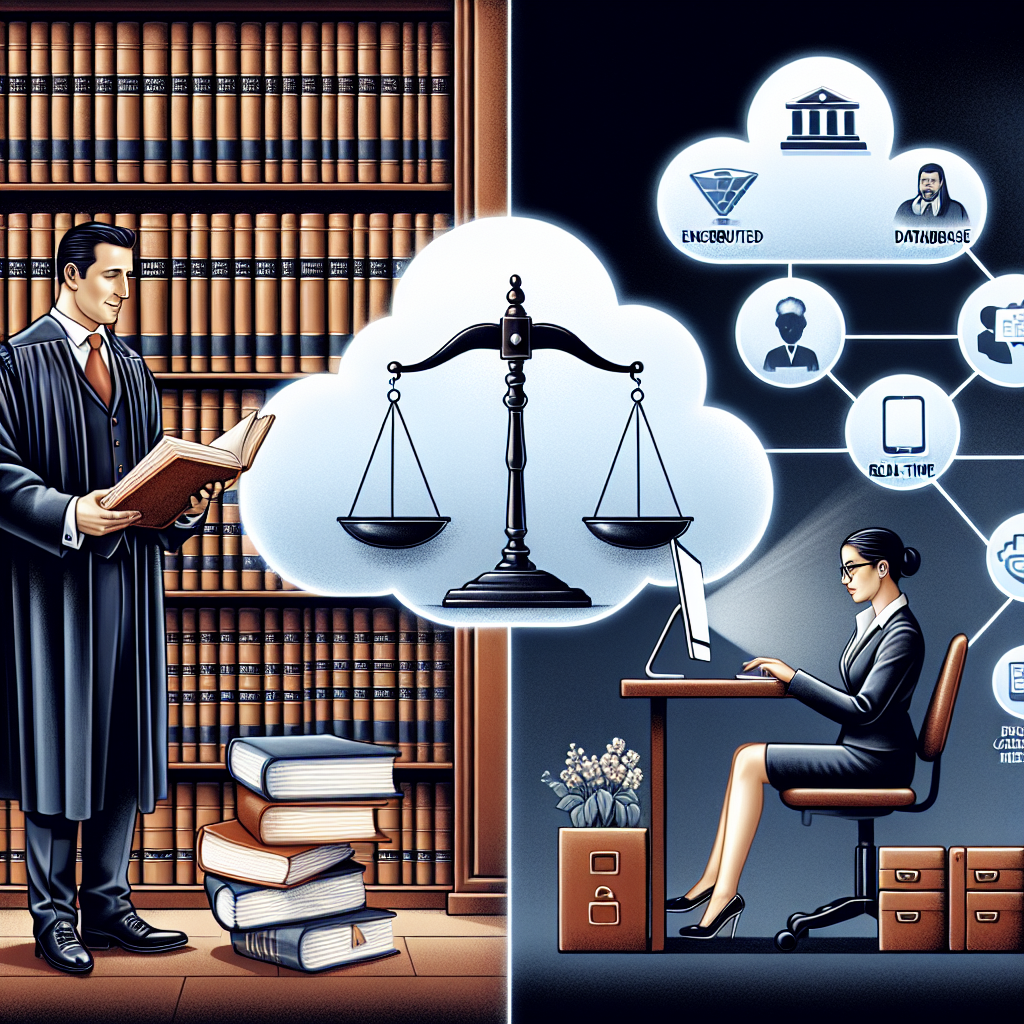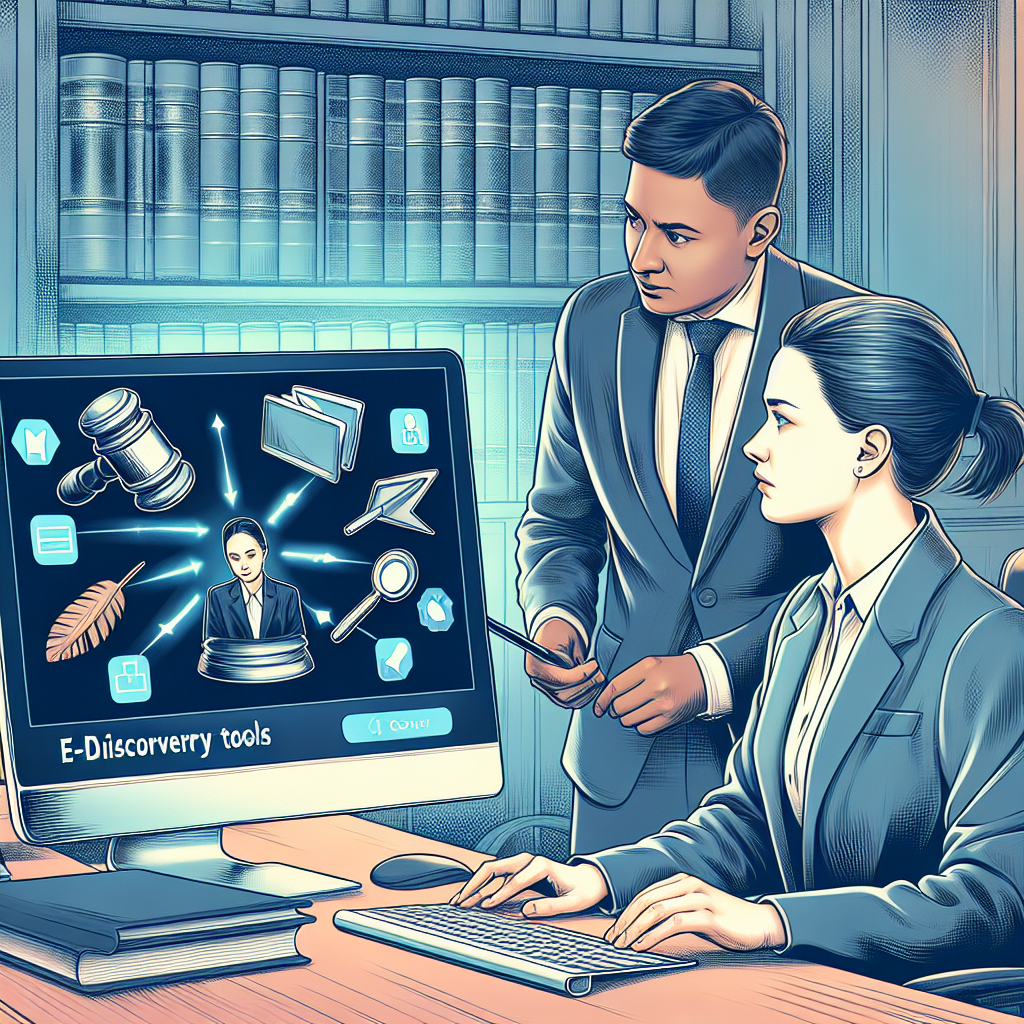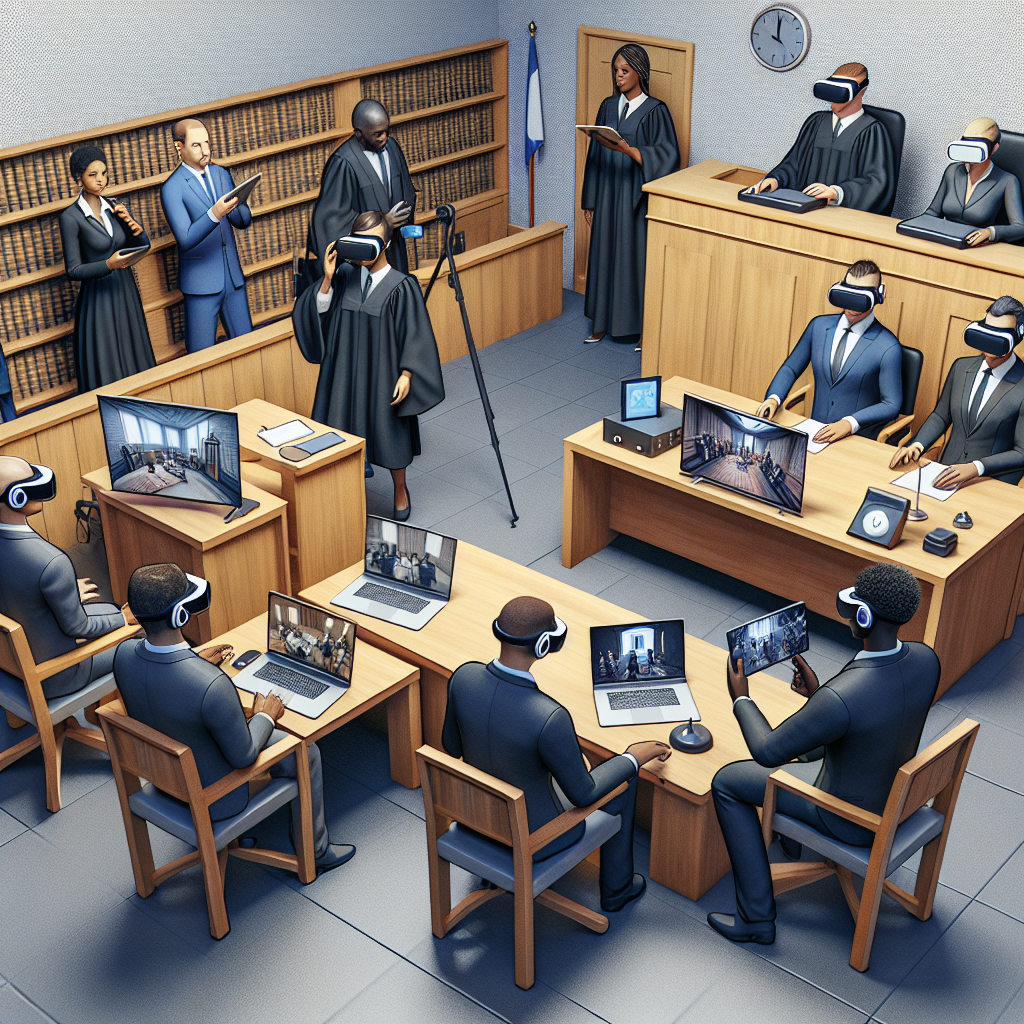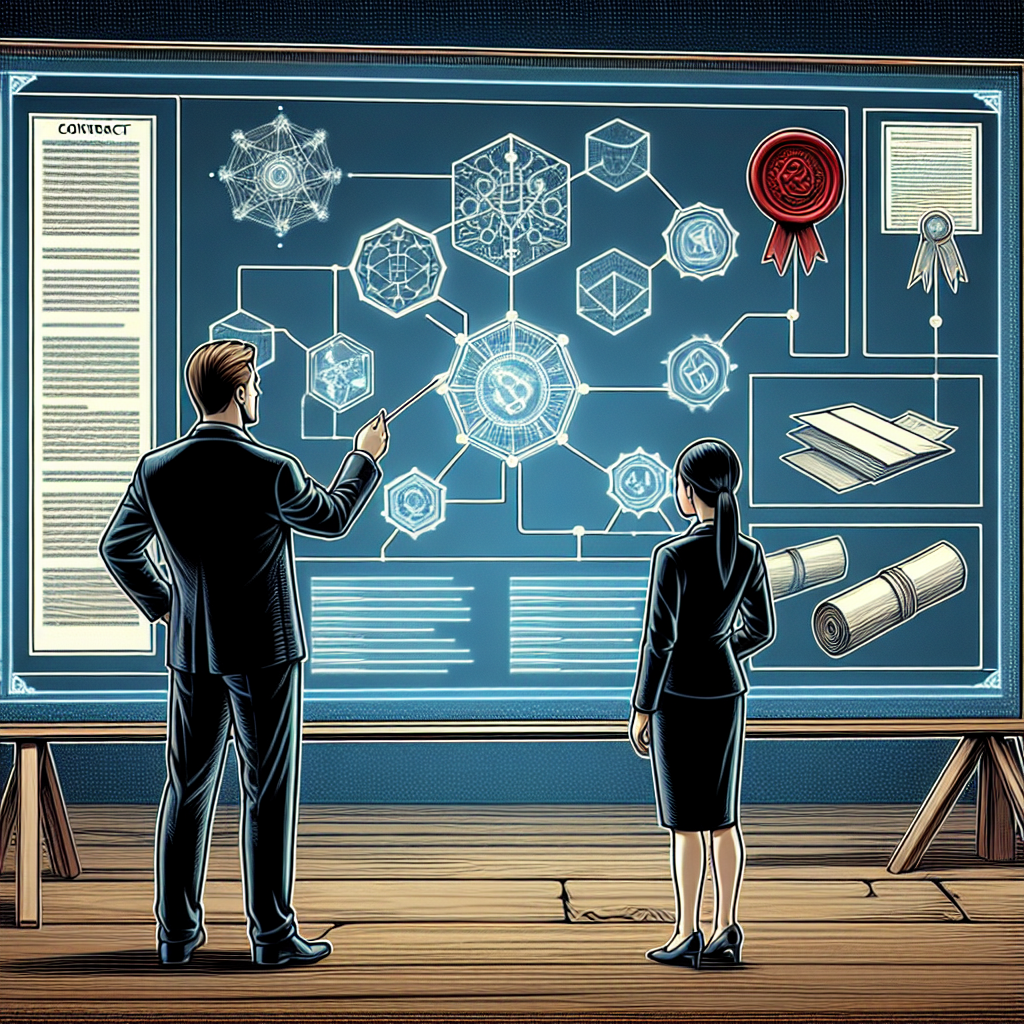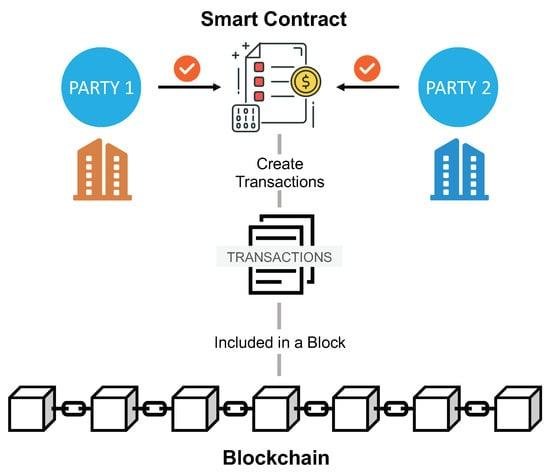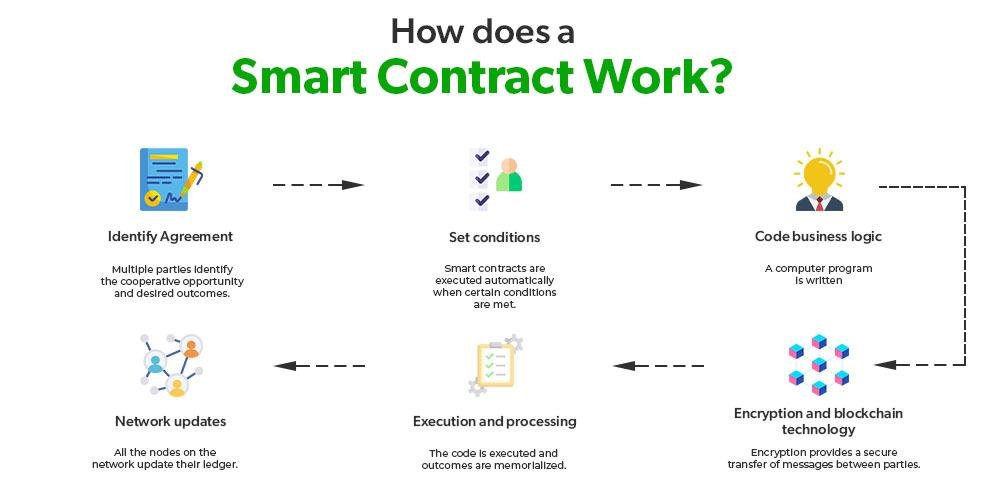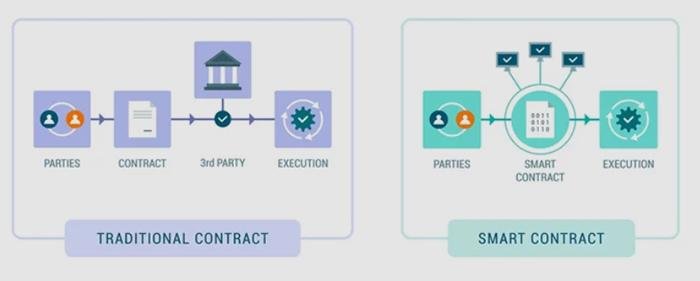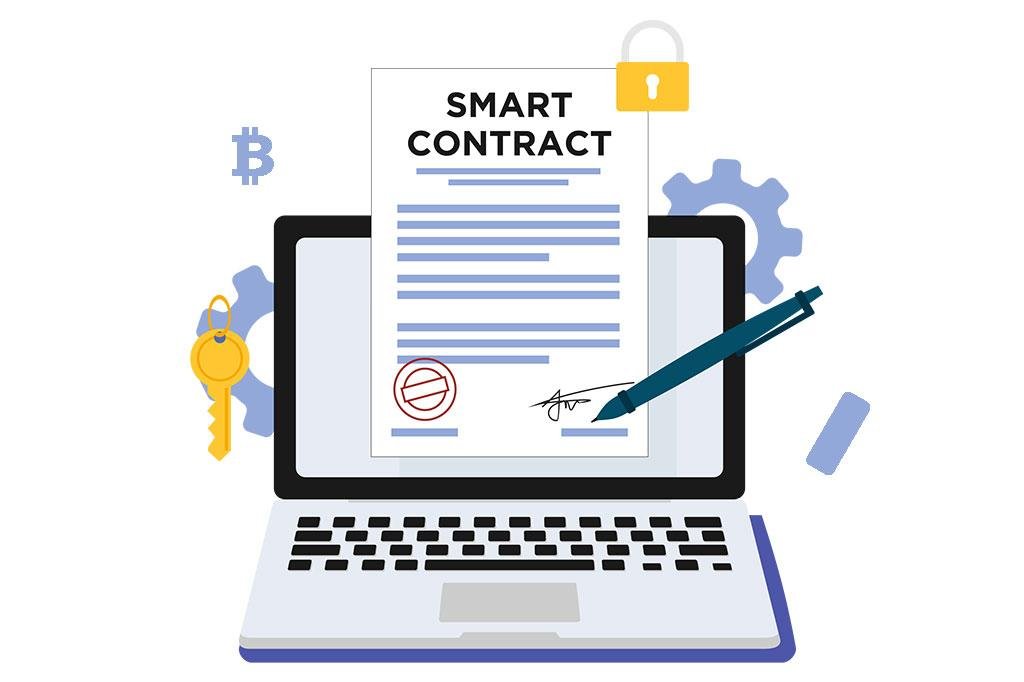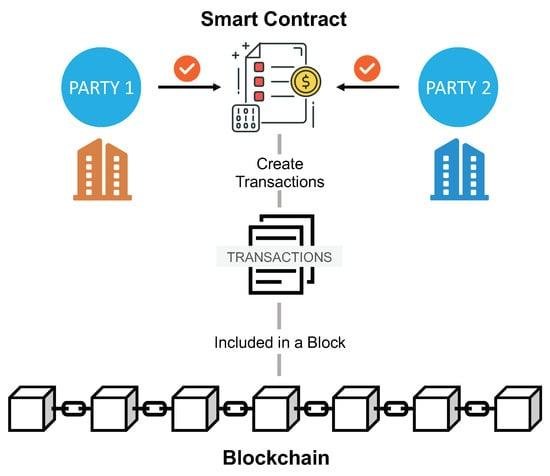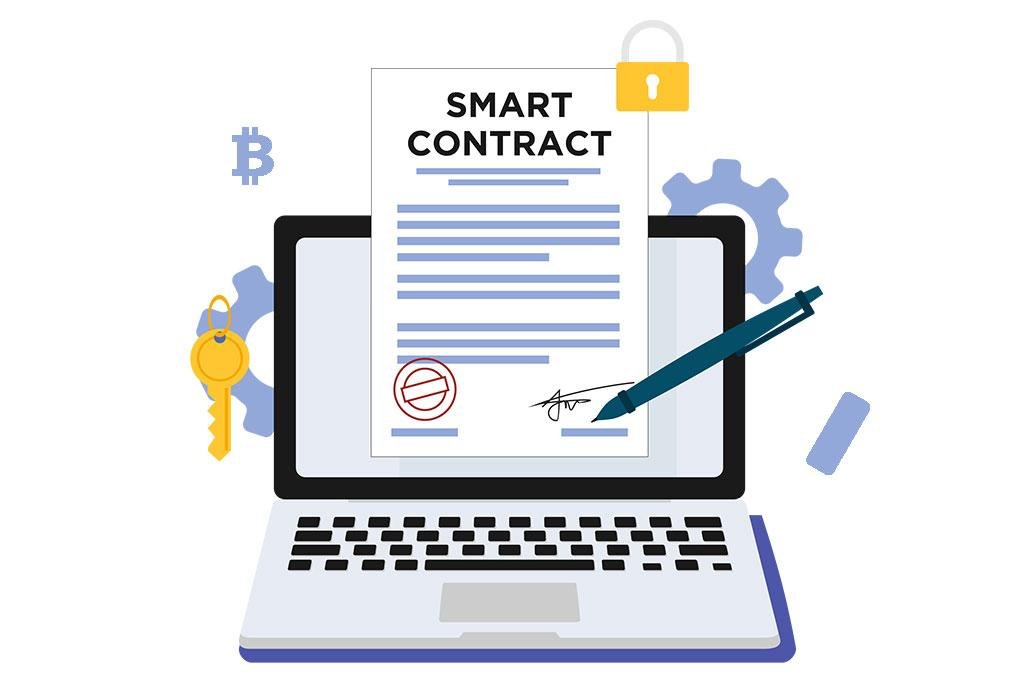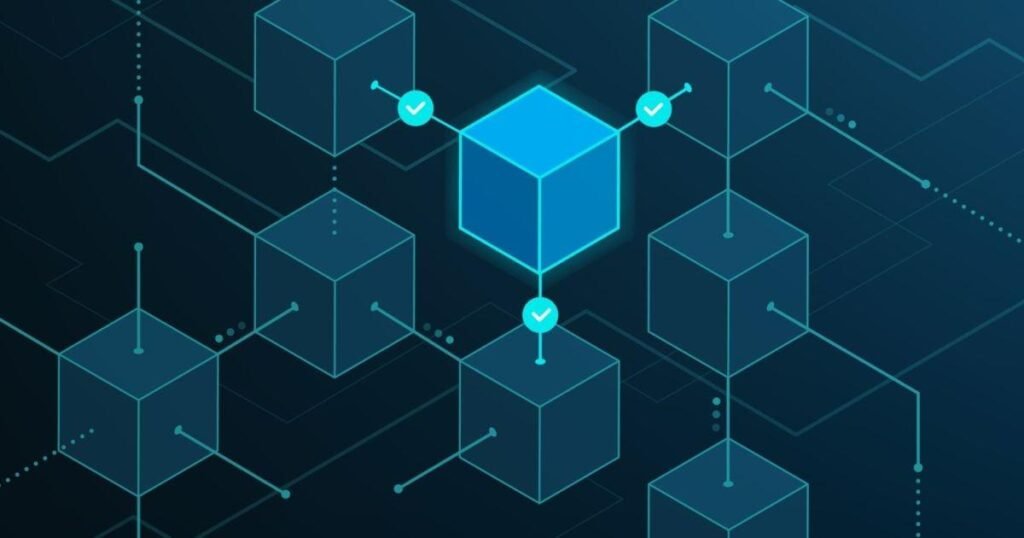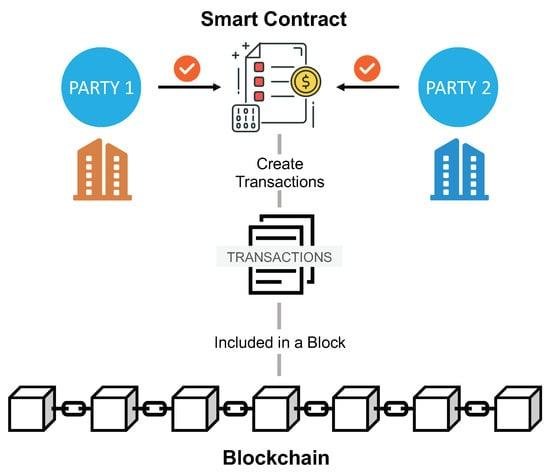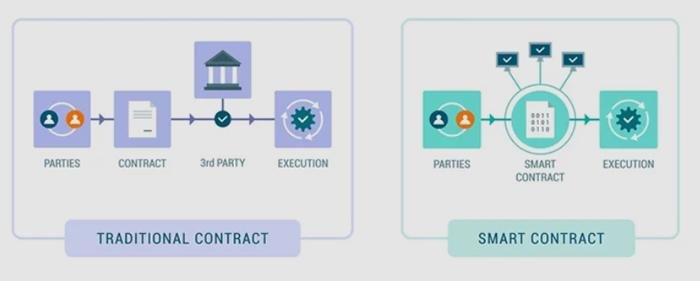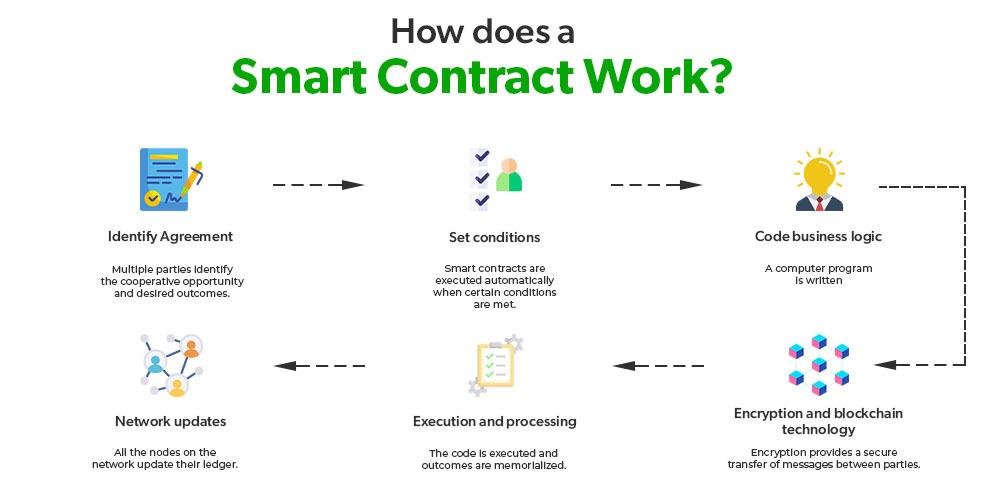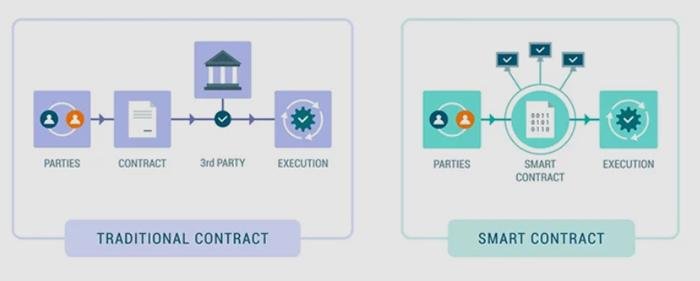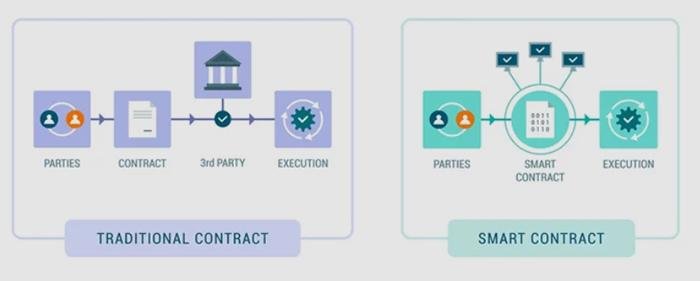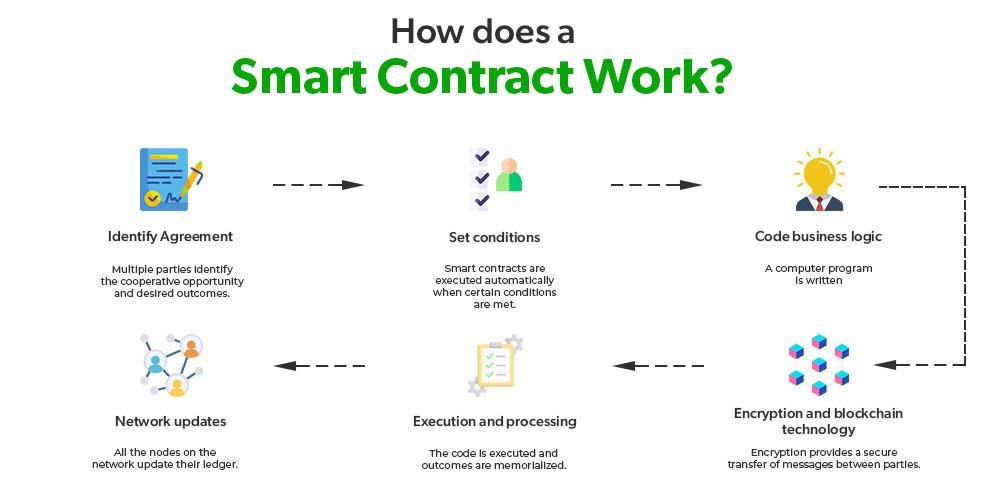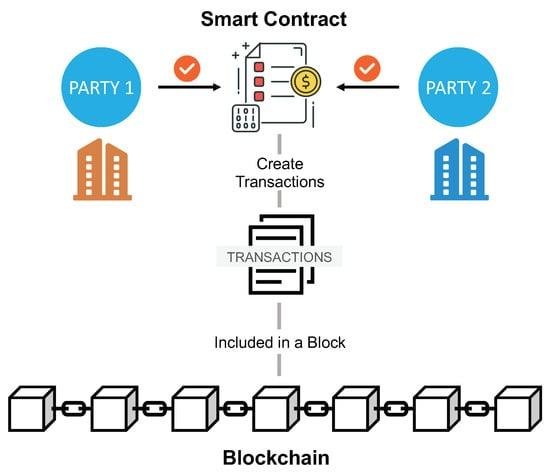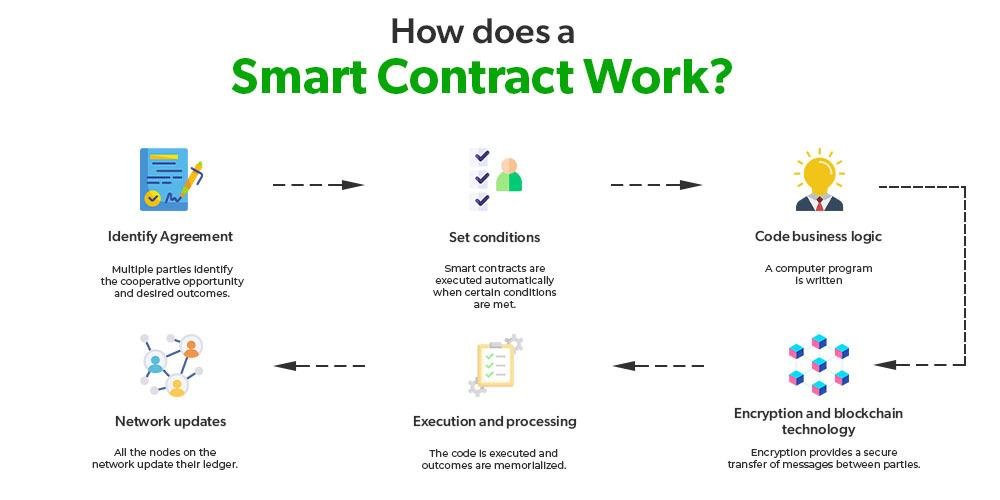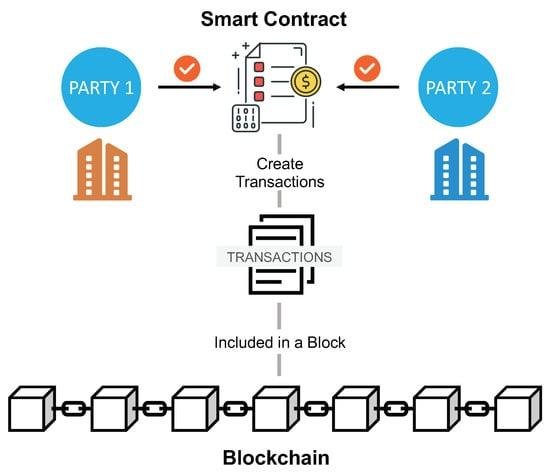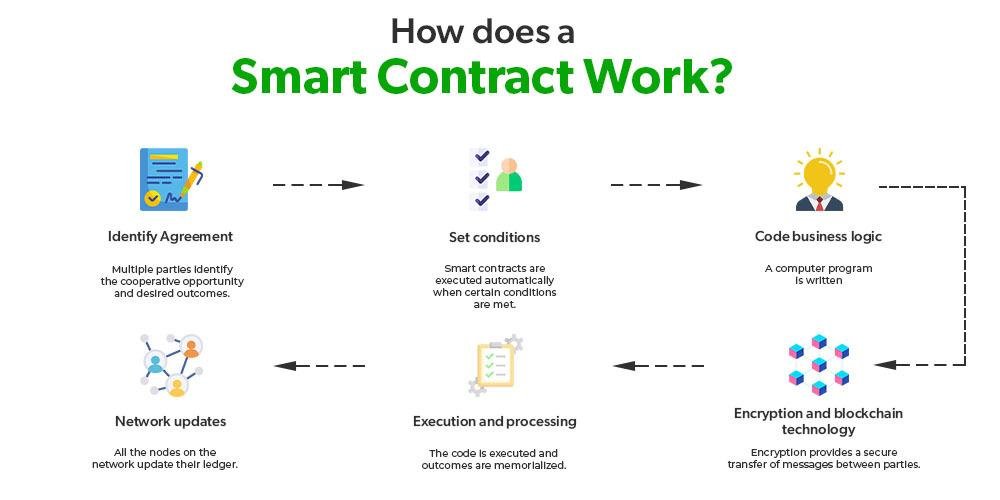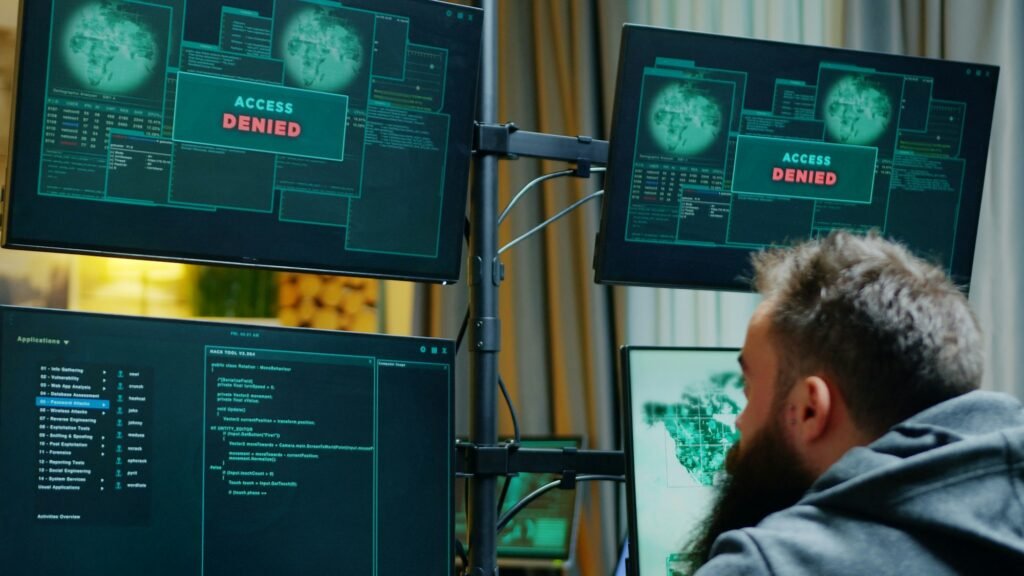How Legal Tech is Bridging the Gap Between Lawyers and Clients
How Legal Tech is Bridging the Gap Between Lawyers and Clients
In the ever-evolving landscape of the legal industry, legal technology, commonly known as legal tech, is transforming the relationship between lawyers and clients. As the demand for more efficient and transparent legal services grows, legal tech is stepping up to bridge the gap, offering innovative solutions that cater to the needs of both parties. In this article, we delve into how legal tech is revolutionizing the legal field, enhancing communication, and improving client satisfaction.
Understanding Legal Tech
Before exploring how legal tech is bridging the gap between lawyers and clients, it’s essential to define what legal tech encompasses. Legal tech refers to the use of technology and software to provide legal services. It covers a wide range of tools, from case management systems and e-discovery software to AI-driven document analysis and virtual legal assistants.
Enhancing Communication
One of the primary ways legal tech is improving the lawyer-client relationship is by enhancing communication. Traditionally, legal proceedings have been complex and time-consuming, often leaving clients in the dark about the status of their cases. Legal tech tools, such as client portals and communication platforms, provide real-time updates, making it easier for clients to stay informed. These tools enable seamless communication, reducing misunderstandings and fostering trust.
Improving Accessibility and Affordability
Legal tech is also making legal services more accessible and affordable. By automating routine tasks, such as document drafting and contract review, legal tech reduces the time and effort required for these processes. This efficiency translates into cost savings for clients, making legal services more affordable. Furthermore, online platforms and virtual consultations allow clients to access legal advice from the comfort of their homes, breaking geographical barriers and reaching underserved areas.
Streamlining Legal Processes
Another significant impact of legal tech is the streamlining of legal processes. Tools like e-signature software and cloud-based document management systems speed up the traditionally slow legal processes. Automated workflows and AI-driven analytics help lawyers manage cases more effectively, ensuring that deadlines are met, and paperwork is error-free. This efficiency not only benefits lawyers but also enhances the overall client experience.
Increasing Transparency
Legal tech is paving the way for increased transparency in the legal industry. Clients now have the ability to track their case progress, view billing information, and access important documents at any time. This transparency builds trust between lawyers and clients, as clients feel more involved and aware of their legal matters. In turn, lawyers can provide better service, knowing that their clients are well-informed and engaged.
Offering Tailored Solutions
One of the standout features of legal tech is its ability to offer tailored solutions. Through data analytics and AI, legal tech can provide personalized recommendations and insights based on a client’s specific needs and circumstances. This customization ensures that clients receive the most relevant and effective legal advice, enhancing the client-lawyer relationship and improving outcomes.
Conclusion
In conclusion, legal tech is playing a pivotal role in bridging the gap between lawyers and clients. By enhancing communication, improving accessibility, streamlining processes, increasing transparency, and offering tailored solutions, legal tech is transforming the legal industry. As these technologies continue to evolve, they hold the promise of making legal services more efficient, affordable, and client-centric, ultimately fostering a stronger and more collaborative relationship between lawyers and their clients.
By staying informed and adapting to these technological advancements, both lawyers and clients can benefit from the improved services and outcomes that legal tech offers. As the legal field continues to embrace innovation, the gap between lawyers and clients will continue to shrink, paving the way for a more connected and efficient legal ecosystem.


